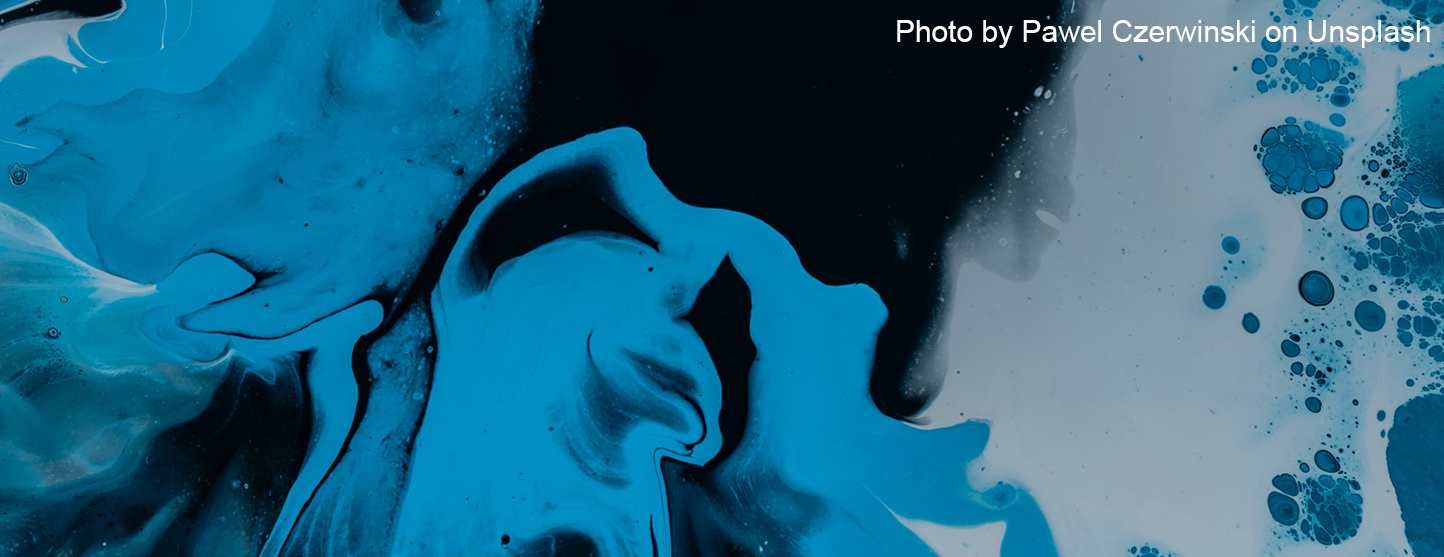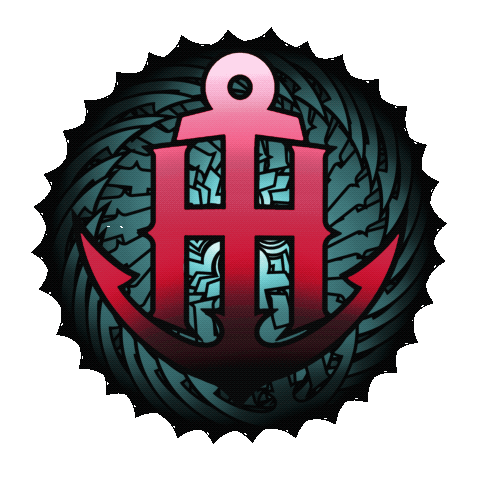How do I take care of my new piercing?
Most piercers have their own ideas on what works best for aftercare and will generally give you written instructions or offer an aftercare product in their shop to purchase. Stix N Studz includes the aftercare instruction and products in the price of the piercing so that you are good to go when you leave. Our aftercare products are mild solutions that should be used twice a day following your piercing. After washing your hands, apply the solution to a q-tip and gently cleanse around your new piercing. Make sure to go from front to back and top to bottom.
How long will my piercing take to heal?
Healing is different for everyone and the length of time to heal a piercing varies based on its location on the body. Below is a general estimation of healing period for each piercing:
How long until I can change my jewelry?
In order to avoid any problems, it is best to leave jewelry in until the piercing is fully healed.
Is my piercing infected?
A new piercing is essentially an open wound and as such, is prone to infection if not taken care of correctly. The symptoms of infection require prompt attention and if left untreated can get worse. The ways to identify minor infection are listed below:
It should also be noted that many of these symptoms are normal reactions to experience within the first two weeks of getting a piercing. If you are unsure, it is best to consult your doctor.
How to treat an infected piercing?
If you do suspect an infection – do not remove your jewelry! In doing this, you can prompt the skin to heal over the infection and trap it inside, creating an abscess. If you have a minor infection, taking ibuprofen or acetaminophen will help with swelling. Cleanliness is of utmost importance and making sure to wash the piercing twice a day will aid in the healing process. Also, frequent saline soaks and warm compresses are essential in facilitating drainage. Again, if you are unsure or nervous, it is always best to seek medical attention.
Can I go into the water or exercise with my new piercing?
You should not submerge your uncovered piercing in a pool, hot tub, lake, or ocean. If you do, make sure you’re wearing a protective waterproof bandage. The chemicals in a pool and the microorganisms present in bodies of water can be damaging to a new piercing.
As far as exercise goes, you are able to as long as as the movements done in the workout are not extreme. Friction from motion or from clothing can cause irritation and sweat exposes your new piercing to bacteria. Make sure that your workout clothing is clean and that you are modifying your movements to reduce friction. Also, be sure to clean your new piercing after physical activity.
How do I know if my piercing is migrating or rejecting?
Your piercing is migrating if it gets closer to the skins surface or if the tissue between the openings gets narrower. The piercing may only move a little and then settle in its new position. You can slow down this process by switching to a smaller gauge piece of jewelry. If the jewelry looks as though it is going to exit the skin, or if you can see the jewelry through the skin, then your piercing is rejecting and should be removed. If it is not removed it will leave an unsightly scar.
What is this bump on my piercing?
There are many kinds of bumps that can form during the healing process and, for the most part, it is difficult to discern one kind from another if you are unfamiliar with piercing problems. The most common one is generally referred to as a piercing pimple. These are small, red, pus filled bumps that can be tender and usually will secrete blood or pus when drained or popped (although they should never be popped). They are usually formed due to trauma or a mild infection that is contained locally. The best way to get rid of them is by use of soaks and compresses.
Another issue that can arise is hypergranulation tissue. Such tissue is benign and usually forms on wounds caused by injury, trauma, moisture, or infection. They generally appear worse than they feel and will ooze yellow or clear fluid. Again, frequent saline soaks are essential. Use of over the counter cortisone cream is helpful as well.
Keloids may also occur and most commonly effect the Asian and African American population. Once a keloid is formed it is extremely difficult to heal. Scar reduction products may be used but are less likely to be effective on atrophic scars like keloids. if keloids are common in your family, you are better off not getting pierced.


